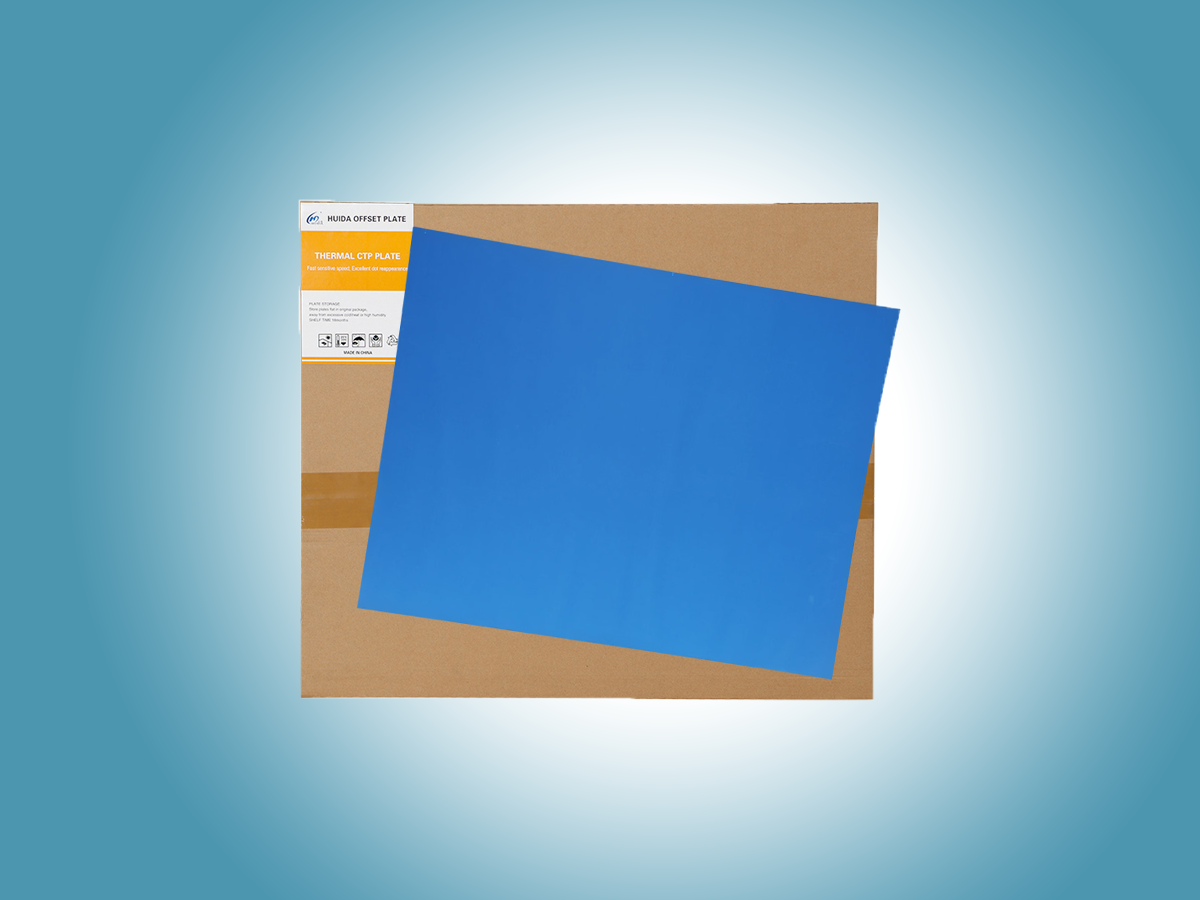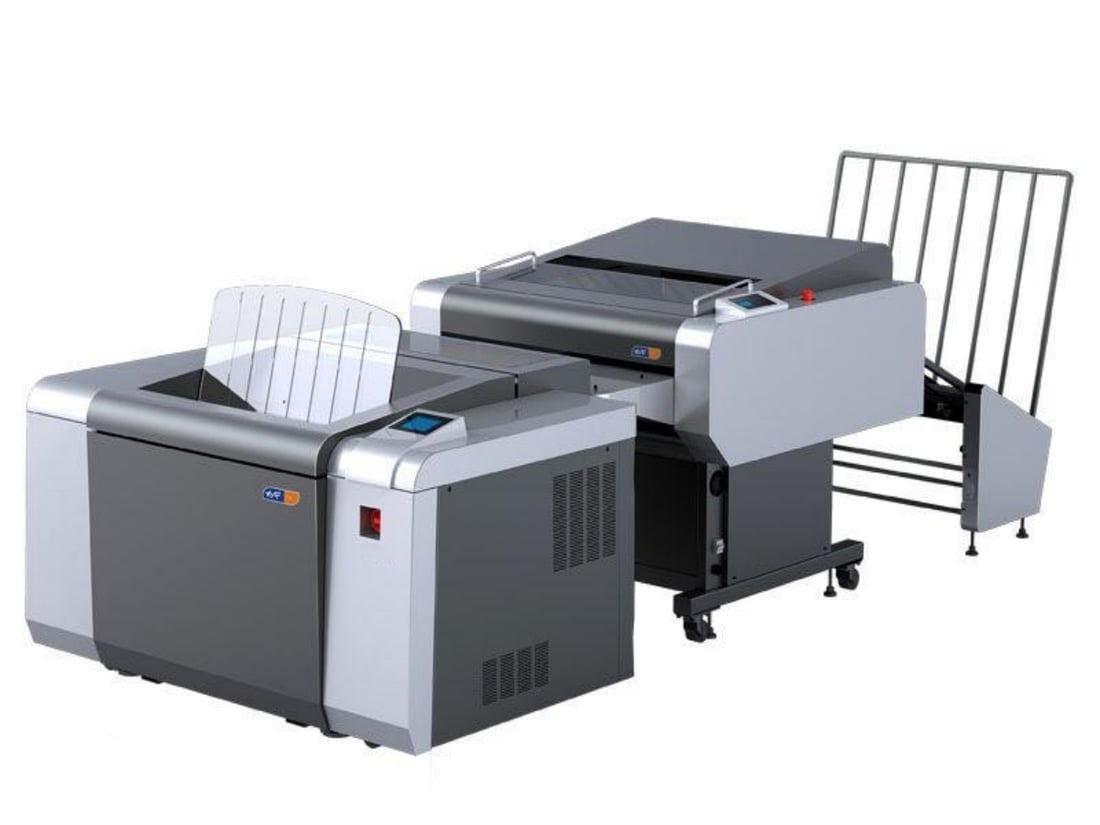In the world of printing, the quality of printing plates can have a significant impact on the final product. As technology continues to advance, there are now many different types of printing plates available, each with its own unique features and benefits. One such type of plate is the positive thermal CTP plate. In this article, we will explore the features, benefits, applications, and technical specifications of positive thermal CTP plates, and why they are a top choice for efficient printing.

Features of Positive Thermal CTP Plates
Positive thermal CTP plates are known for their high sensitivity and resolution. These plates are designed to create a precise and accurate reproduction of the original image, resulting in excellent dot reproduction and image contrast. This is because positive thermal CTP plates are made from high-quality materials that are designed to produce a consistently high-quality image.
Another key feature of positive thermal CTP plates is their wide exposure and processing latitude. This means that the plates can be exposed to a variety of different light sources and processing methods, without sacrificing image quality or accuracy. Additionally, positive thermal CTP plates have a long run length and stability, which means that they can be used for a large number of print runs without any degradation in image quality.
Benefits of Positive Thermal CTP Plates
The benefits of positive thermal CTP plates are many. First and foremost, these plates are designed to improve printing efficiency and productivity. With their high sensitivity and resolution, positive thermal CTP plates can produce high-quality images quickly and easily, allowing printers to produce more prints in less time.
Additionally, positive thermal CTP plates are known for their reduced chemical consumption and environmental impact. Because these plates require less chemicals to produce and process, they are a eco-friendlier option than traditional printing plates. This is especially important in today's world, where many consumers are looking for ways to reduce their environmental impact.
Another benefit of positive thermal CTP plates is their enhanced print quality and consistency. With their precise and accurate reproduction of the original image, these plates can produce prints that are crisp, clear, and consistent from one print run to the next. This is important for businesses that want to maintain a consistent brand image and produce high-quality prints that meet their customers' expectations.
Applications of Positive Thermal CTP Plates
Positive thermal CTP plates are used in a wide variety of printing applications, including commercial and packaging printing, newspaper printing, and UV printing. In commercial and packaging printing, positive thermal CTP plates are often used to produce high-quality, full-color prints that are both eye-catching and durable.
In newspaper printing, positive thermal CTP plates are used to produce high-quality prints quickly and efficiently. Because these plates are so sensitive and can produce high-quality images with very little effort, they are an ideal choice for newspapers that need to produce a large number of prints quickly and efficiently.
Finally, in UV printing, positive thermal CTP plates are often used to produce high-quality prints on a variety of different materials. Because these plates can be exposed to a variety of different light sources and processing methods, they are an ideal choice for businesses that need to produce high-quality prints on a variety of different materials, such as plastic, metal, or glass.
Technical Specifications of Positive Thermal CTP Plates
Positive thermal CTP plates come in a variety of different thicknesses and sizes, depending on the specific needs of the printing job. Additionally, these plates require specific exposure and processing parameters in order to produce the best possible results.
For example, a typical positive thermal CTP plate might have a thickness of 0.15mm, and come in sizes ranging from 370mm x 450mm to 1,200mm x 1,600mm. These plates might require an exposure time of between 30 and 120 seconds, depending on the light source being used, and a processing time of between 45 and 60 seconds. It is important to carefully follow the recommended exposure and processing parameters for positive thermal CTP plates in order to achieve the best possible results.
Learn more: Get Quality Prints with Positive PS Plates from Huida Offset Plate
Conclusion
Positive thermal CTP plates are a top choice for efficient printing due to their high sensitivity and resolution, wide exposure and processing latitude, long run length and stability, and reduced chemical consumption and environmental impact. These plates are used in a wide variety of printing applications, including commercial and packaging printing, newspaper printing, and UV printing. When selecting a positive thermal CTP plate, it is important to carefully consider the technical specifications and recommended exposure and processing parameters in order to achieve the best possible results. With their many benefits and applications, positive thermal CTP plates are a valuable tool for printers looking to produce high-quality prints quickly and efficiently.
Huida Print-All Technology company, as an advanced and professional manufacturer of producing printing plate, mainly sales CTP, CTCP and PS plates as well as offering ODM/OEMs especially for the offset.
For more information, please click the official website link here:
https://www.huidaoffsetplate.com/. And you can also contact us in the following ways:
Tel/Whatsapp: +86 15637430106
Email: mailto:[email protected]
Facebook: Henan Huida Print All Technology Co.Ltd

